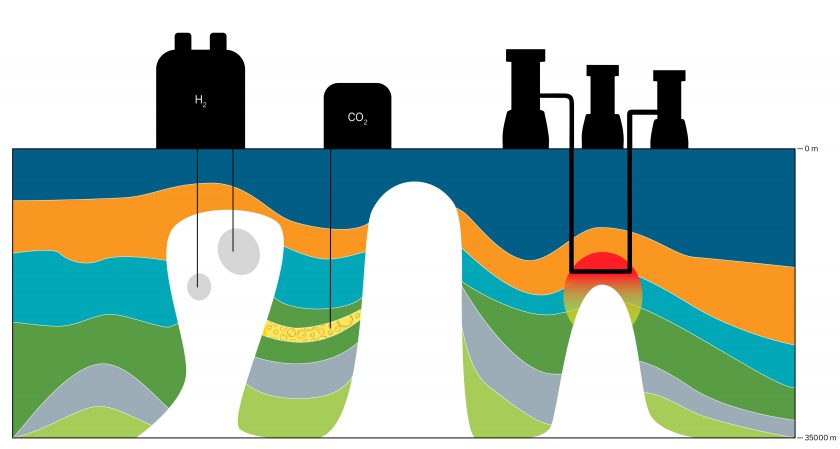The Energy Transition’s Secret Weapon: Salt
April 3, 2024

From conducting heat to geothermal plants to serving as holding tanks for hydrogen, salt could have a big role to play in the energy transition to lower carbon energy sources.
In a paper published in Tektonica, researchers from the Bureau of Economic Geology provide a game plan for the many different ways large salt deposits could be put to use. The paper also highlights how industries with existing expertise around salt — such as solution mining, salt mining and oil and gas exploration — could help.
“We see potential in applying knowledge and data gained from many decades of research, hydrocarbon exploration, and mining in salt basins to energy transition technologies,” said lead author Oliver Duffy, a research associate professor at the bureau. “Ultimately, a deeper understanding of how salt behaves will help us optimize design, reduce risk, and improve the efficiency of a range of energy transition technologies.”
Back to the Geoscientist